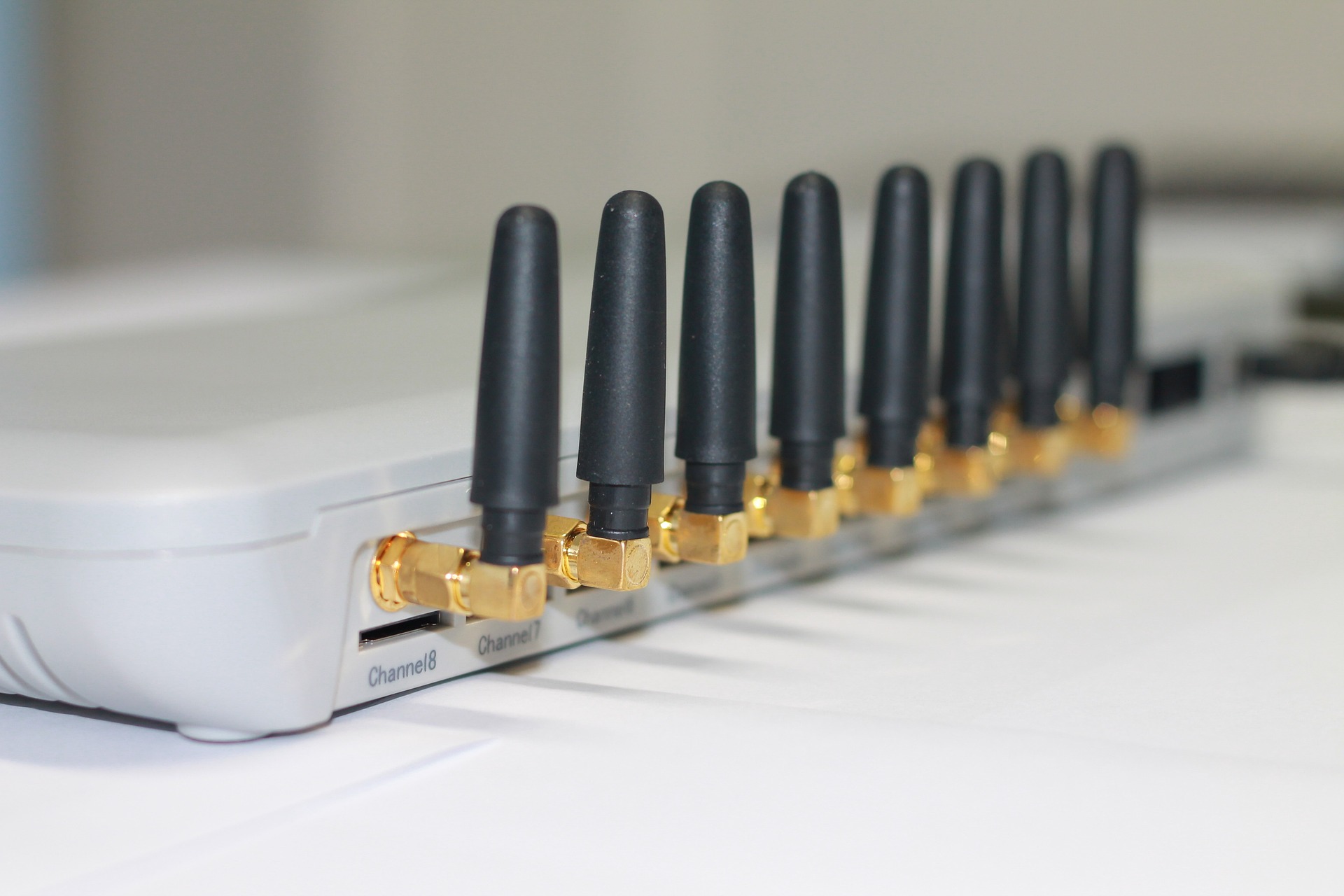Unraveling the Potential of Terahertz Communication
The world of telecommunications is on the cusp of a groundbreaking shift. As our insatiable appetite for data grows, researchers are exploring new frontiers in wireless communication. Enter terahertz waves - a promising yet largely untapped portion of the electromagnetic spectrum that could revolutionize how we connect and communicate. But what exactly are terahertz waves, and how might they reshape our digital landscape?

Terahertz waves offer a unique combination of properties that make them particularly attractive for communication applications. They can carry significantly more data than current wireless technologies, potentially enabling ultra-high-speed data transfer rates. Additionally, terahertz waves can penetrate many non-conductive materials, opening up possibilities for imaging and sensing applications.
Historical Context and Technological Developments
The journey to harness terahertz waves for communication has been a long and challenging one. Early research into terahertz radiation dates back to the late 19th century, but it wasn’t until the latter half of the 20th century that significant progress was made in generating and detecting these waves.
In the 1960s and 1970s, researchers began developing new sources and detectors for terahertz radiation, primarily for spectroscopy applications. However, these early systems were bulky, expensive, and limited in their capabilities. It wasn’t until the 1990s and 2000s that advances in semiconductor technology and photonics started to make terahertz systems more practical and accessible.
Current Research and Potential Applications
Today, terahertz communication is an active area of research, with scientists and engineers worldwide working to overcome the remaining technical hurdles. One of the primary challenges is developing efficient and compact terahertz transmitters and receivers that can operate at room temperature. Recent breakthroughs in materials science and nanotechnology are bringing us closer to this goal.
Potential applications for terahertz communication are vast and exciting. In the realm of wireless communications, terahertz technology could enable data transfer rates of terabits per second, potentially revolutionizing everything from mobile networks to satellite communications. This could pave the way for ultra-high-definition video streaming, instantaneous cloud computing, and seamless virtual and augmented reality experiences.
Challenges and Limitations
Despite its promise, terahertz communication faces several significant challenges. One of the primary obstacles is atmospheric absorption. Water vapor in the atmosphere strongly absorbs terahertz waves, limiting their transmission range. This makes long-distance communication difficult and may restrict terahertz systems to short-range, high-bandwidth applications or indoor environments.
Another challenge is the development of efficient, compact, and cost-effective terahertz components. While progress has been made, further advancements are needed to make terahertz communication systems commercially viable. This includes improvements in signal processing, antenna design, and integration with existing communication infrastructure.
The Road Ahead: Industry Trends and Expert Insights
As research in terahertz communication continues to advance, industry experts are cautiously optimistic about its future. Many see terahertz technology as a complement to, rather than a replacement for, existing wireless technologies. It could fill specific niches where ultra-high-speed, short-range communication is required.
Some experts predict that we may see the first commercial applications of terahertz communication within the next decade, likely in controlled environments such as data centers or industrial settings. As the technology matures and costs decrease, it could gradually find its way into consumer applications, potentially revolutionizing how we connect and interact with our digital world.
Regulatory Considerations and Standardization Efforts
As with any new communication technology, the development of terahertz systems will require careful consideration of regulatory issues. Currently, much of the terahertz spectrum is unallocated, presenting both opportunities and challenges. Regulatory bodies worldwide are beginning to explore how to manage and allocate this spectrum effectively.
Standardization efforts are also underway to ensure interoperability and promote the development of terahertz communication systems. Organizations such as the IEEE are working on standards for terahertz communication, which will be crucial for the technology’s widespread adoption.
In conclusion, terahertz communication represents an exciting frontier in telecommunications. While significant challenges remain, the potential benefits of this technology are immense. As research progresses and hurdles are overcome, we may be on the cusp of a new era in wireless communication, one that could transform our digital landscape in ways we’re only beginning to imagine.





